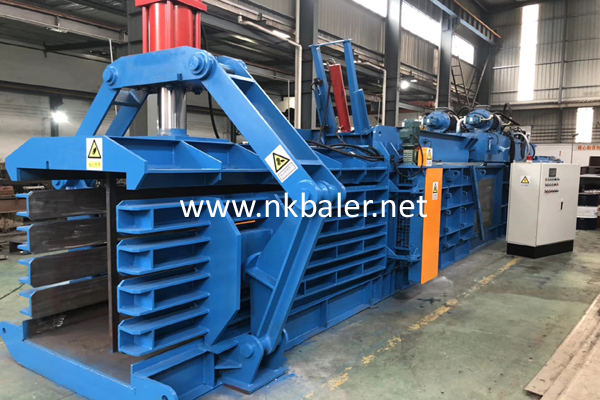
The market prospects for high-performance waste paper balers are broad,and their application will become increasingly widespread with the push of environmental policies and the growth of resource recycling demands.
With the continuous improvement of global environmental awareness and the deepening of the circular economy concept,the waste paper baler industry is facing unprecedented development opportunities.The development of this industry not only concerns the effective utilization of resources but also relates to environmental protection and sustainable development.In terms of market demand,due to the continuous growth in paper consumption,the demand for waste paper recycling and reuse is also increasing day by day.This has prompted the waste paper baler industry to continuously pursue technological innovation to improve packaging efficiency,reduce energy consumption,and decrease environmental pollution.Meanwhile,with the continuous strengthening of national environmental policies,the waste paper baler industry also faces higher environmental standards and requirements.Regarding technological progress,the application of intelligent technology is a significant trend in the waste paper baler industry.By introducing advanced technologies such as the Internet of Things and big data,waste paper balers can achieve remote monitoring,fault diagnosis,and intelligent maintenance,significantly improving the operational efficiency and reliability of the equipment.Furthermore,the increase in automation level has made the waste paper baling process more efficient and precise,reducing labor costs.The development of the waste paper baler industry shows characteristics of strong market demand and accelerated technological progress.
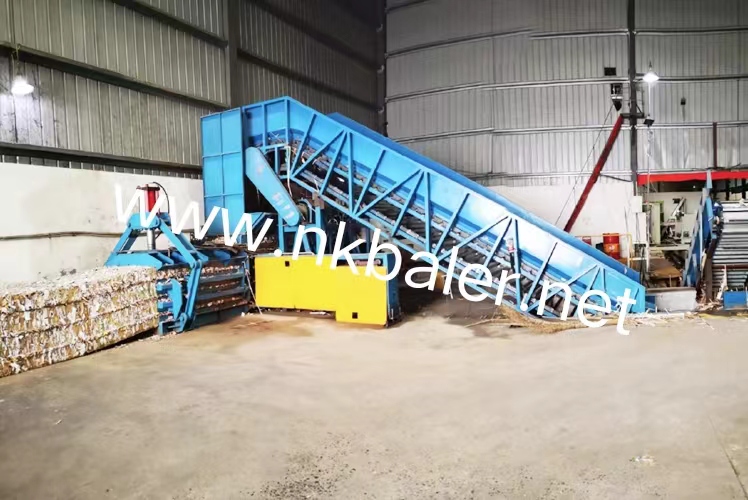
In the future,with continuous technological innovation and market expansion,the waste paper baler industry is expected to achieve greener,more efficient,and smarter development,making greater contributions to promoting the circular economy and sustainable development.The waste paper baler industry is rapidly developing with the enhancement of environmental awareness and the increasing demand for resource recycling and utilization.
When using a waste paper baler,in order to ensure the safety of the operator and the normal operation of the equipment,the following safety guidelines need to be followed:Familiar with the equipment:Before operating the waste paper baler,be sure to read the instruction manual carefully to understand the structure,performance and operation methods of the equipment.At the same time,be familiar with the meanings of various safety signs and warning signs.Wear protective equipment:Operators should wear protective gloves,protective glasses and other personal protective equipment to prevent accidental injuries during operation.Check the status of the equipment:Before each use,the waste paper baler should be comprehensively inspected,including the hydraulic system,electrical system,mechanical structure,etc.,to ensure that the equipment is in good condition.Comply with the operating procedures:Strictly operate in accordance with the operating procedures,and do not change equipment parameters or perform illegal operations at will.During operation,stay focused and avoid distraction or fatigue.Pay attention to the surrounding environment:During operation,pay attention to changes in the surrounding environment,such as whether the ground is flat,whether there are obstacles,etc.At the same time,ensure that the work area is well ventilated to prevent the accumulation of harmful gases.Emergency handling:When encountering an emergency,such as equipment failure,fire,etc.,emergency measures must be taken quickly,such as cutting off the power supply,using fire extinguishers,etc.At the same time,relevant departments and personnel must be reported promptly in order to receive timely rescue and support.Regular maintenance and upkeep:Regular maintenance and upkeep of the waste paper baler,including replacement of wearing parts,cleaning equipment,etc.,to extend the service life of the equipment and maintain its good performance.
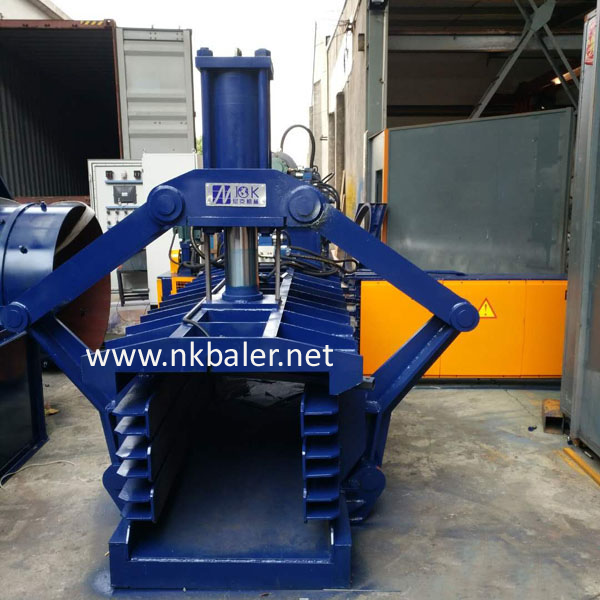
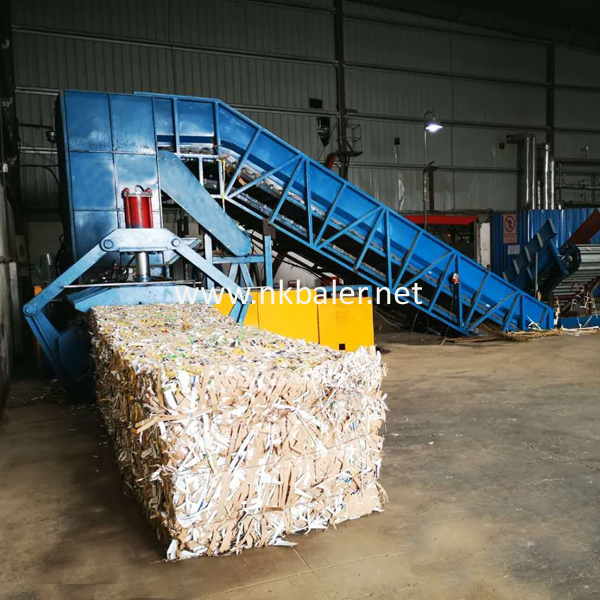
These advantages make the hydraulic system an indispensable part of the waste paper baler.The hydraulic system provides efficient and stable power in the waste paper baler,improving the baling speed and quality.
The horizontal waste paper baler is a piece of equipment widely used in the waste paper recycling industry.Its performance evaluation mainly includes the following aspects:Compression efficiency:The horizontal waste paper baler uses a hydraulic system for compression,which can generate greater pressure to compress waste paper into tight blocks.This efficient compression capability greatly reduces the volume of baled waste paper,making it easier to transport and store.Stability:Due to the horizontal structural design,the baler is more stable during work and is not easy to tip over.At the same time,the smooth operation of the hydraulic system also ensures the continuity and reliability of the packaging process.Ease of operation:The operation of the horizontal waste paper baler is simple and easy to understand,and is usually equipped with an automated control system that allows one-button operation.Users only need to put the waste paper into the baler and press the start button to automatically complete the compression,bundling and other processes.Maintenance convenience:The hydraulic system and mechanical structure of the baler are reasonably designed and easy to disassemble and repair.At the same time,due to the use of wear-resistant materials,the baler has a longer service life and reduces maintenance costs.Environmental performance:The horizontal waste paper baler produces less noise during operation and does not produce harmful gas or liquid emissions,which meets environmental protection requirements.
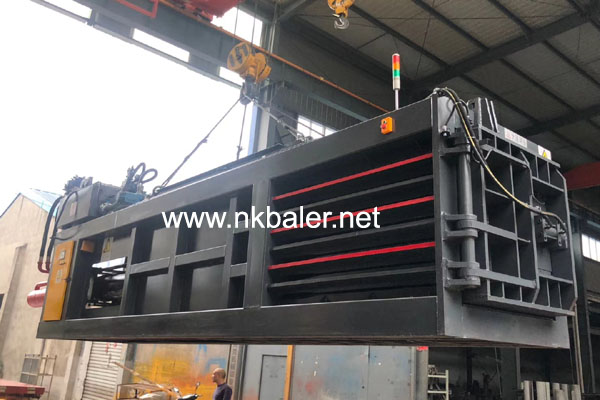
The horizontal waste paper baler has excellent performance in terms of compression efficiency,stability,ease of operation,ease of maintenance and environmental performance.It is a waste paper processing equipment with excellent performance.Performance evaluation of horizontal waste paper baler:efficient compression,stable and durable,easy to operate,and low maintenance cost.
Email:info@nkbaler.com Nickbaler888@gmail.com
WhatsApp: 008615021631102

